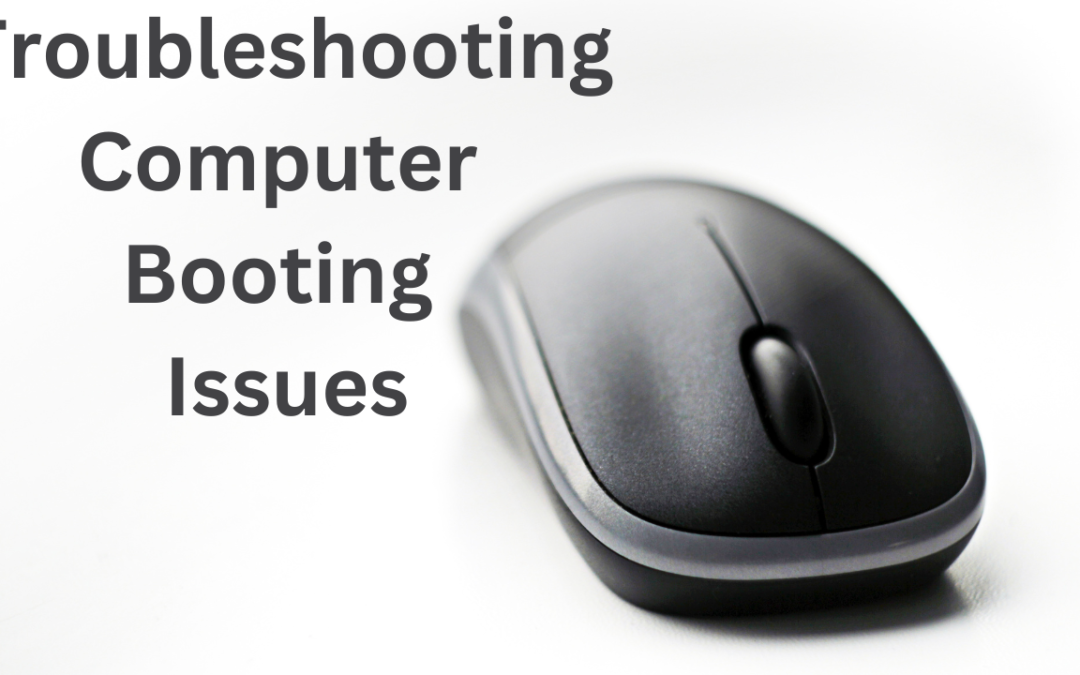Imagine this: you sit down at your computer, just like any other day, but when you hit the power button, nothing happens. The screen remains blank, no fans are running, and it seems like your computer has decided to take a day off. I’ve had many instances where something was wrong and I reached out to IT support for answers, and now know many things to try.
Steps You Can Take to Diagnose and Fix The Issue
- The first step is to ensure that your computer is receiving power. If it’s not turning on at all, there might be a power issue. Check if your computer is properly plugged into a working wall outlet, bypassing any power strips or battery backups that could be failing. Make sure the power switch on the back of your power supply is turned on. For laptop users, ensure that your charger is properly connected to the correct port, as some USB ports might not provide power for charging. If these steps fail, it might be time to consider replacing your power supply.
- If your computer seems to be turning on but the screen remains black, the issue might lie with your monitor. Double-check that your monitor is plugged in, turned on, and set to the correct input. Ensure that the cable connecting the monitor to your computer is not loose or damaged. Don’t forget to check the brightness settings on your laptop, as a simple adjustment could solve the problem.
- Pay attention to any beeping sounds your computer makes during startup. A series of beeps could indicate what’s wrong. Consult your computer’s manual or the motherboard manual (if you built it yourself) to interpret the beep codes. If your computer doesn’t beep at all, there might be a hardware issue that needs further investigation.
- Sometimes, external devices connected via USB can cause conflicts during startup. Unplug any unnecessary USB devices, such as webcams or external hard drives, to eliminate potential conflicts.
- If you are comfortable working inside your computer, there’s a possibility that a component has come loose. Open up your computer, check that all components (RAM, graphics card, and motherboard cables) are properly seated, and try booting again.
- BIOS settings can sometimes lead to booting problems. Access your BIOS and check for any recent changes that might be causing issues. Try resetting the BIOS settings to their defaults if needed.
- Malware can also cause startup problems. Use a live environment to boot your computer from a USB drive and scan your hard drive for malware without booting into Windows.
- If you’re encountering the dreaded Blue Screen of Death, booting into Safe Mode can help you troubleshoot the issue. This mode loads only essential drivers and services, making it easier to identify the problem.
- A problematic Windows Update might be the culprit. If you suspect this, try rolling back to the previous version of Windows.
- Corruption in the hard drive data can prevent Windows from booting properly. Microsoft provides tools to check and attempt to repair any drive corruption.
- Sometimes, the bootloader—the data responsible for Windows’ boot process—can become corrupted. You can attempt to repair the bootloader using Windows’ built-in tools.
- As a last resort, if all else fails, you can try connecting your hard drive to another known working PC to retrieve your files for safekeeping.
Troubleshooting computer issues can be a bit technical, but don’t lose hope. Often, there’s a straightforward solution to the problem. Take your time, follow the steps, and with a little luck, you might just get your computer up and running again without having to go through the hassle of buying a new one. If you need IT to help and don’t have someone you know, reach out to us for a referral to someone we trust.
I hope these troubleshooting steps will help you tackle any computer booting issues you might encounter.
